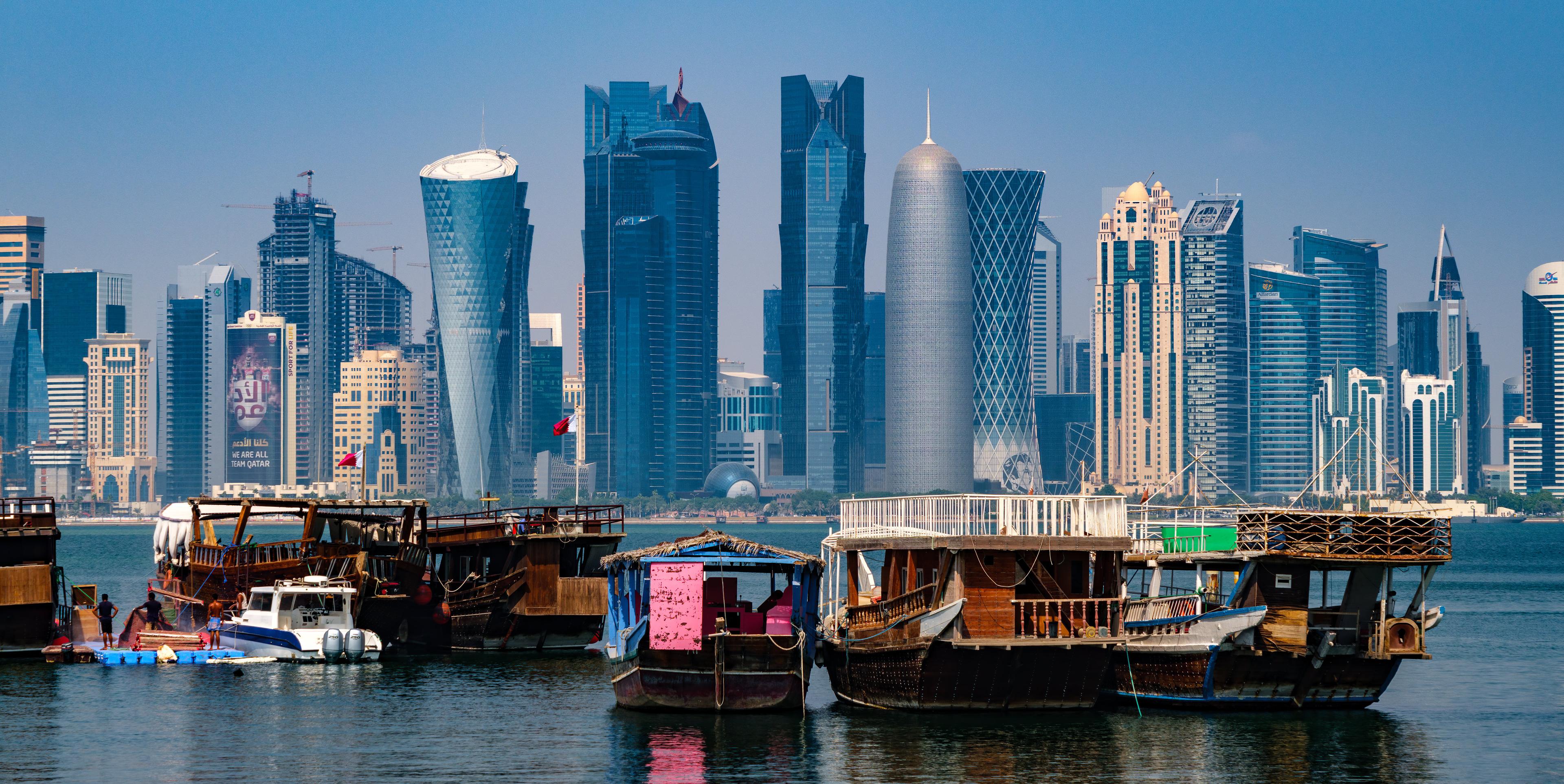Blog
UNCAC’s unrecognised value – international debate on corruption transformed

The evolution of the present global anti-corruption architecture started with a sudden burst of activity in the mid-1990s. What brought this original spurt of energy to something of a close was the agreement of UNCAC’s peer review mechanism at the Doha Conference of States Parties in 2009 — a milestone moment in this journey.
After 2009, we shifted from grand ambitions and establishing new structures to practical implementation. When that rubber hit the road, reality struck. If the first decade was one of realisation in the sense of ‘bringing into existence’ a suite of new instruments and tools, the second period was realisation in the sense of ‘coming to appreciate’ what we had actually signed up to.
It means the first decade is a story of creation, the second one of challenge.
The prolonged tussle (four years and three Conferences of States Parties) over the shape of the UNCAC review mechanism, illustrates the emerging of this changing atmosphere. A close UNCAC negotiating colleague once reflected at the shift of tone once the Convention itself had been settled and when we had come to give it teeth through the review process: ‘The politics with UNCAC only kicked in after the Convention was agreed.’
During its crafting, the consensus was clear and agreeing the Convention in around two years was very quick time for an instrument dealing with such sensitive issues. It then took twice as long to hammer out how we would review ourselves, with many ancient suspicions and animosities rearing their heads again.
A decade of unparalleled change
UNCAC arguably transformed the debate on corruption beyond recognition. It needs to be celebrated for doing three significant things that changed entirely how people approached corruption — a value that remains, although largely unrecognised.
It has removed three key ‘debatables’ which, before UNCAC, bedevilled making progress. It has allowed us to move past some old roadblocks that often prevented attempts to even talk about the problem.
Agreeing what corruption is
Firstly, UNCAC removes the debate about what is corruption. While there is no definition in UNCAC, it makes it very clear what constitutes corruption by setting out the array of practices that need to be eradicated, and the preventive measures that need to be put in place. This has brought us out of the past where contentions about cultural practices, claims of imposition of others’ moral viewpoints, and there being different standards in different parts of the world all often stopped the conversation on corruption its tracks before it had started. The West was accused of exporting its own morality. Others opted for the ‘when in Rome’-approach, which gave them pseudo-cover for perpetrating bad practices.
Now, with UNCAC, we have a set of behaviours that we all agree should be criminalised and rooted out. Without saying so, we actually have a consensus on what is corruption, and we can all point to the text that we’ve signed as a common agenda. UNCAC gets us past that old barrier.
Acknowledging the damage
Secondly, UNCAC makes it clear that corruption is damaging. Even as UNCAC was being created, there was still dispute amongst academics about whether corruption was, in fact, damaging at all. There was the ‘greasing the wheels’- and ‘it’s how things work here’-defence. A fierce debate existed on whether corruption was benign — or even helpful — in providing coping mechanisms for individuals and states. Supporters of this claim pointed to the ‘Asian Tigers’ of the 1960s and 1970s, appearing to deliver growth alongside corruption.
Here is not the place to dissect these arguments, but the consensus had been building from work done by the World Bank that gathered a body of evidence clearly showing the damage corruption causes to the chances of sustained and equitable economic growth. The UNCAC Preamble reflects that consensus. We all now agree that corruption is damaging. UNCAC gets us past that debate.
Clarifying joint responsibility
Thirdly, and finally, UNCAC solves the argument about who is responsible. In the past, those in developed nations would blame weak governance in poorer countries for the problem of corruption; those countries would point to the West’s banks being conduits for their lost money, and to external companies bribing for business. We often could not get past that polarised view.
UNCAC — being a ‘grand bargain’ — gets us past that debate and resolves the impasse by making it clear that both developed and developing countries have responsibilities. It requires developed countries to up their game on the ‘supply issues’ that we in DFID embraced, such as commercial bribery, offshore financial centres, and asset recovery and return. It demands that developing countries strengthen prevention and improve governance.
So UNCAC, even if it does nothing else, has moved the ground significantly for us all simply by its existence — and with 186 parties it enjoys virtually universal acceptance. Having cleared away some of those past obstacles that hindered us, we can now point to common undertakings and understandings about what needs to be done. But UNCAC is far from perfect, something we will come back to in a later post.
You can read more about this in the U4 Practitioner Experience Note series Twenty years of anti-corruption — A series on experiences, lessons, and advice for future anti-corruption champions.
Disclaimer
All views in this text are the author(s)’, and may differ from the U4 partner agencies’ policies.
This work is licenced under a Creative Commons Attribution-NonCommercial-NoDerivatives 4.0 International licence (CC BY-NC-ND 4.0)


